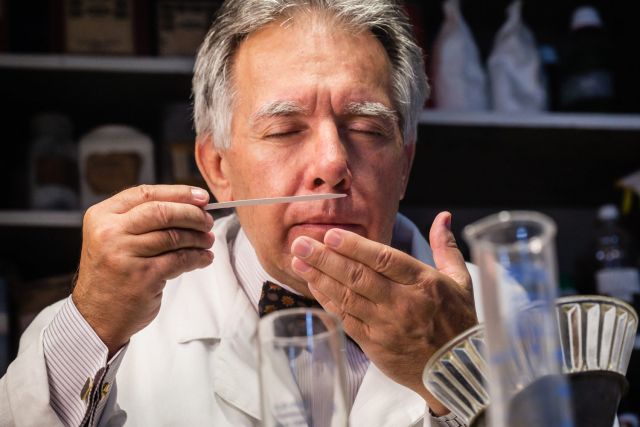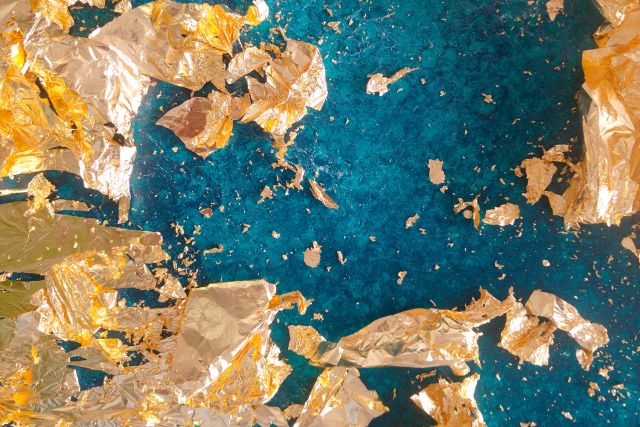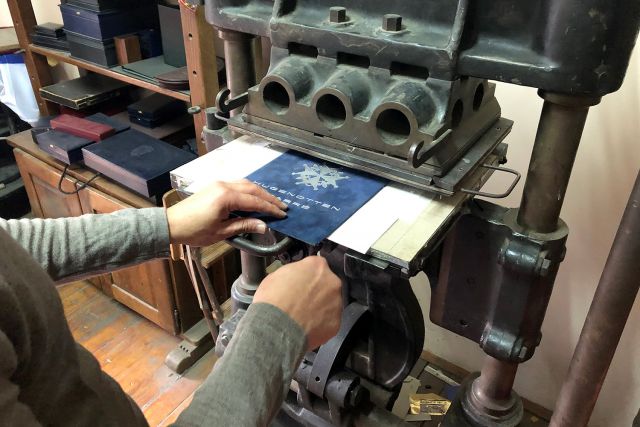This is a piece from the Pupa series, large ceramic sculptures created during Jovana Čavorović's stay in Ishoken, Japan. It is a spherical shape made of porcelain slabs, decorated with Japanese traditional transfer paper on the inside and overglazed with silver.
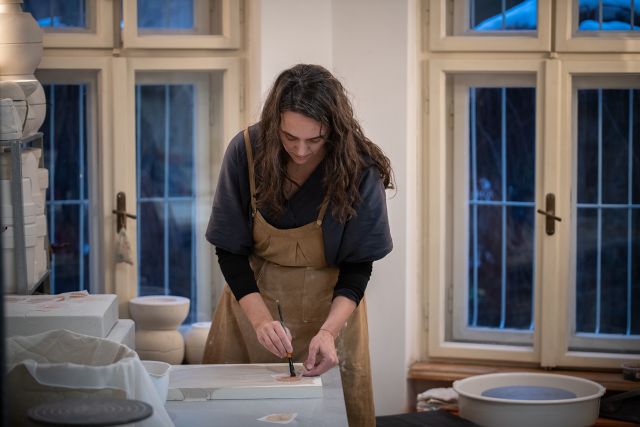
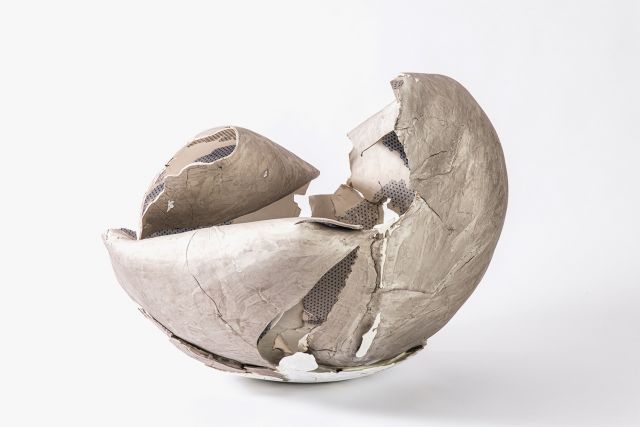
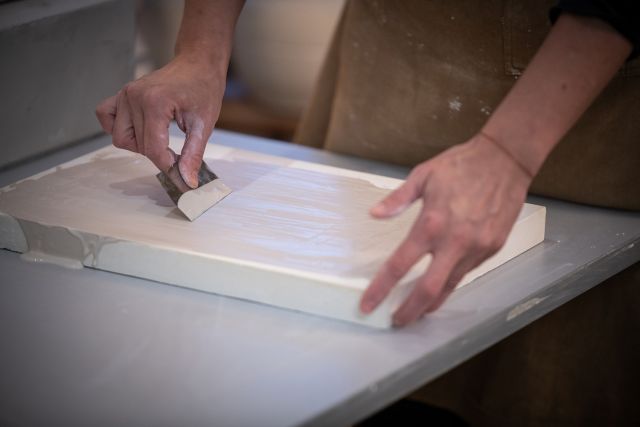
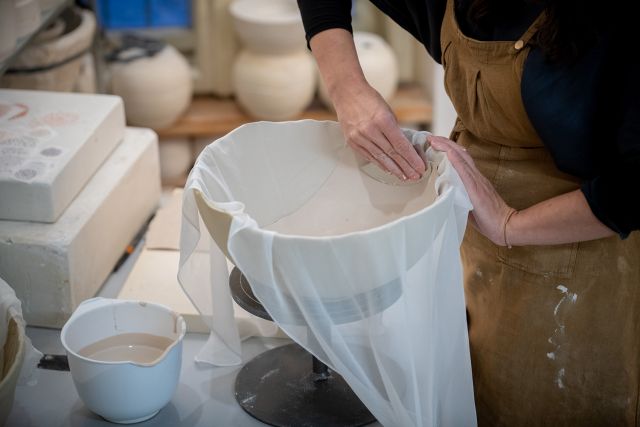
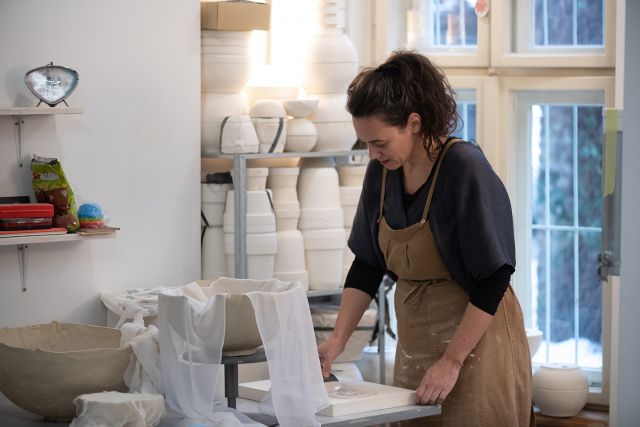
Jovana Čavorović
- Ceramicist
- Belgrade, Serbia
- Master Artisan
By appointment only
+381 652110511
Japanese influences
- • Jovana is a ceramicist with a unique style
- • She studied ceramics in Serbia and Japan
- • She is one of the founders of Blatobran Gallery
Jovana Čavorović is a Belgrade-based ceramic artist whose works are characterised by a deep connection with ceramics, a passion for exploring the natural world and for pushing the boundaries of what is possible with this craft. One of the features of Jovana's work is her dedication to experimentation. She constantly experiments with clay, attempting new techniques and materials to create innovative forms and textures. Jovana graduated from the Faculty of Applied Arts, University of Belgrade, and received her master's degree in 2010. In 2020, she completed a two-year study at the Tajima City Ceramic Technical Centre in Japan under the mentorship of artist Harumi Nakashima.
Read the full interviewWorks
Photo: @Yoshinori Tanaka

Photo: @Yoshinori Tanaka
This is a piece from the Pupa series, large ceramic sculptures created during Jovana Čavorović's stay in Ishoken, Japan. It is a spherical shape made of porcelain slabs, decorated with Japanese traditional transfer paper on the inside and overglazed with silver.

Photo: @Yoshinori Tanaka
This is a piece from the Pupa series, large ceramic sculptures created during Jovana Čavorović's stay in Ishoken, Japan. It is a spherical shape made of porcelain slabs, decorated with Japanese traditional transfer paper on the inside and overglazed with silver.

Photo: @Yoshinori Tanaka
This is a piece from the Pupa series, large ceramic sculptures created during Jovana Čavorović's stay in Ishoken, Japan. It is a spherical shape made of porcelain slabs, decorated with Japanese traditional transfer paper on the inside and overglazed with silver.

Photo: @Yoshinori Tanaka
This is a piece from the Pupa series, large ceramic sculptures created during Jovana Čavorović's stay in Ishoken, Japan. It is a spherical shape made of porcelain slabs, decorated with Japanese traditional transfer paper on the inside and overglazed with silver.





